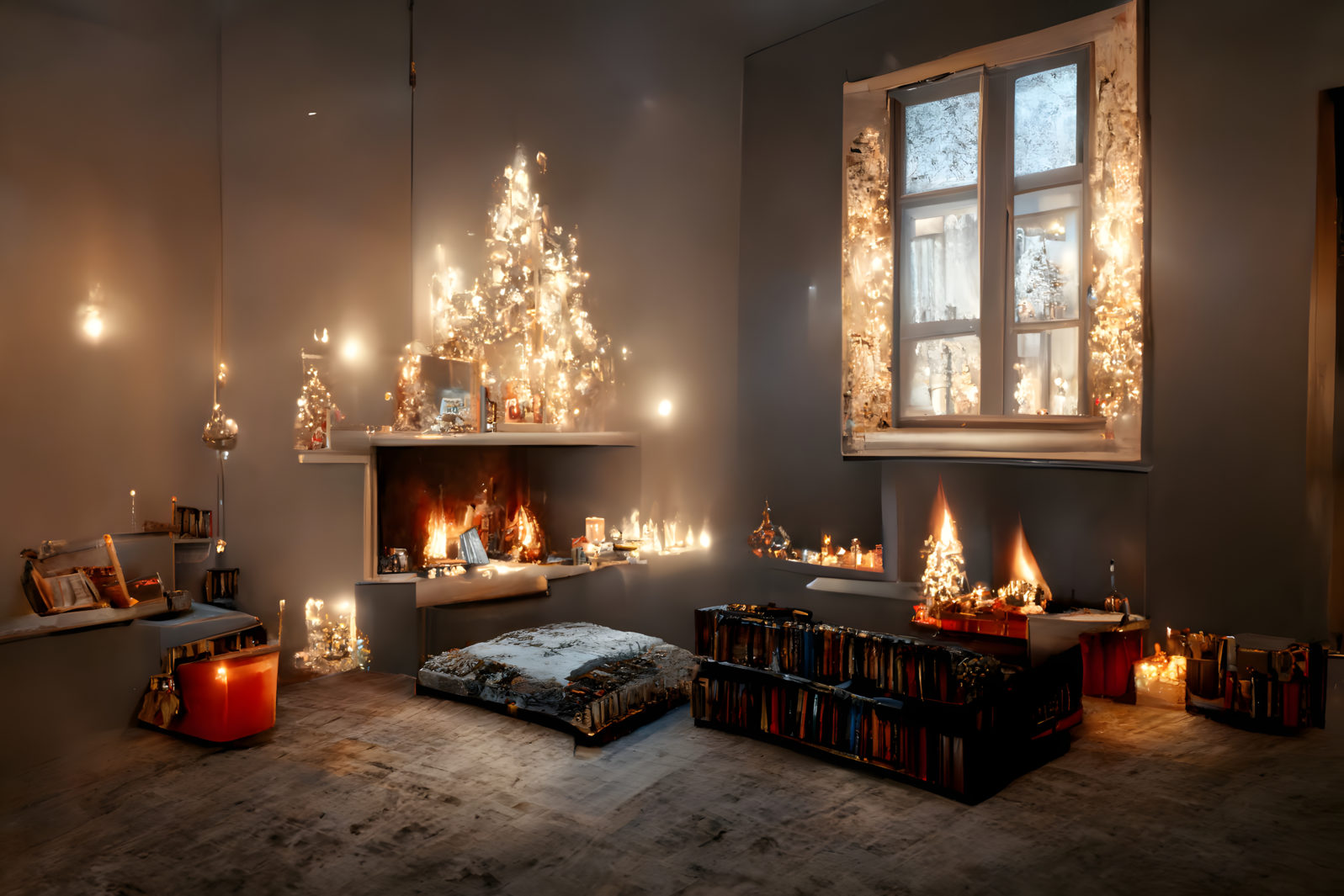What Can AI Text-to-Image Generators Do for Artists?
Developer David Holz discusses his Midjourney generator in terms of the communities that grow up around art generated from words or phrasesIn an interview with David Holz, founder of Midjourney, Verge senior reporter James Vincent asks about the new text-to-art AI image generators that are shaking up the illustration market:
Generally, the “few dozen” current versions — which rely on combining materials from across the internet — work reasonably well but here are the drawbacks Vincent notes:
They’re tricky and expensive to create, requiring access to millions of images used to train the system (it looks for patterns in the pictures and copies them) and a great deal of computational grunt (for which costs vary, but a million-dollar price tag isn’t out of the question).
James Vincent, “‘An engine for the imagination’: The rise of AI image generators” at The Verge (August 2, 2022)
But they’re fun. You can sign on to the Midjourney server link and get prompts to generate an image yourself, as well as see what others have done. Mind Matters News tried it and soon discovered that, as Vincent has noted, art styles created this way are already gaining a foothold on the internet. Of course, you won’t be there too long before the company wants you to pay but it’s fun to have a look around…
From the interview:
Every time you ask the AI to make a picture, it doesn’t really remember or know anything else it’s ever made. It has no will, it has no goals, it has no intention, no storytelling ability. All the ego and will and stories — that’s us. It’s just like an engine. An engine has nowhere to go, but people have places to go. It’s kind of like a hive mind of people, super-powered with technology.
Inside the community, you have a million people making images, and they’re all riffing off each other, and by default, everybody can see everybody else’s images. You have to pay extra to pull out the community — and usually, if you do that, it means you’re some type of commercial user. So everyone’s ripping off each other, and there’s all these new aesthetics. It’s almost like aesthetic accelerationism. And they’re all bubbling up and swirling round, and they’re not AI aesthetics. They’re new, interesting, human aesthetics that I think will spill out into the world.
James Vincent, “‘An engine for the imagination’: The rise of AI image generators” at The Verge (August 2, 2022)
Holz goes on to say that his technology mainly does art images and is thus not practical for photographic deepfakes, — which many will hear with relief. Because his company views users as a community, he says, construction of “photorealistic ultragore” is not permitted. But, of course, another outfit, using similar technology, may soon be spilling it wherever it isn’t banned…
The linked interview offers many examples of Midjourney art. This tutorial gives some idea of them:
In other recent news, the creators of DALL-E, another image generation tool, clarified that it does NOT claim copyright associated with the sale of images that users generate using AI. In any event, a U.S. federal court ruled recently that AI programs themselves cannot be held to have patent rights. If you generate it, it’s yours.
How are artists reacting? For some, it raises the question, What does it mean to be an artist?, others see it as a source of inspiration. Much — probably most — of it seems just awful, trivial or meaningless, as might be expected from mixing images without creativity. However, it might also offer an artist a large number of randomly generated concepts to start with. For some, a series of odd images might be just the ticket for getting over a creativity slump.
You may also wish to read:
New OpenAI art program does NOT claim copyright for AI. As DALL-E 2, which generates blended images in response to key words, moves into the art world, a key question has just been settled.
That’s good, says Robert J. Marks, author of Non-Computable You: “Images generated by AI should be no more copyrightable than Google search engine results.”
and
US federal court rules: Machines do not “invent” things. Evidently, Stephen Thaler’s aim was to get the patent office to recognize that an AI system can invent things all by itself. Losing his case likely assisted Thaler in his quest to elevate AI to equality or superiority. He can now position it as a victim and himself as a visionary hero (Richard W. Stevens)
